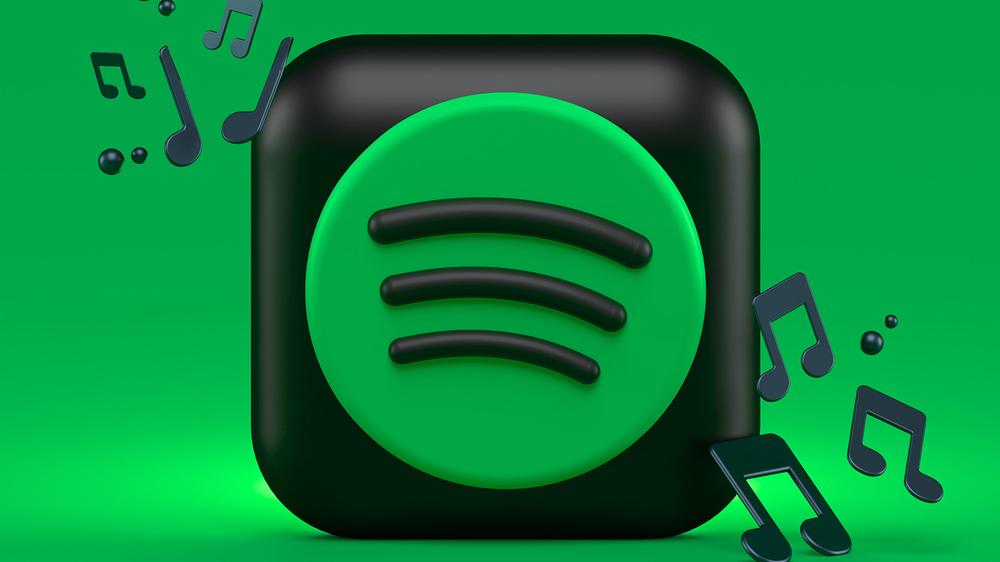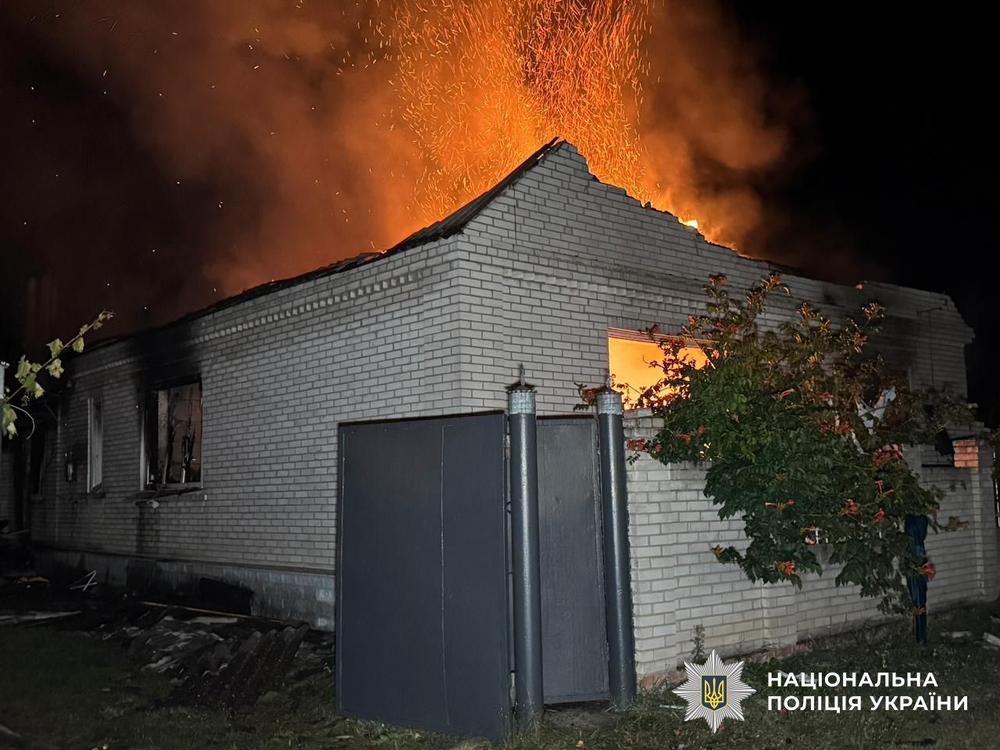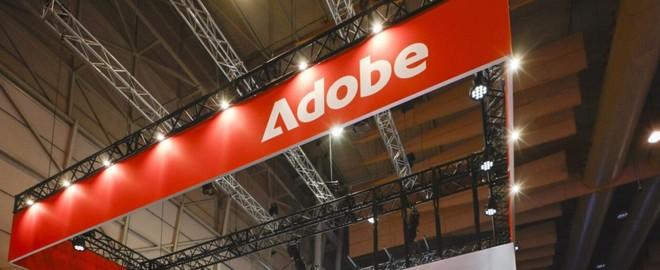Spotify has just introduced a new DJ feature that can change how you listen to your playlists.
Audio streaming service Spotify has certainly come a long way, thanks to a plethora of new features and content offerings that have been added since its launch over a decade ago.
While anyone can use the app to listen to music or podcasts, one new feature allows those who are subscribed to Premium to take their experience to a whole new level.
As announced in an official blog post on August 19, 2025, Premium users can now create “unique playlists” by seamlessly adding transitions between tracks and customizing how they “flow,” among other options.
Spotify’s new feature lets you customize song transitions
This feature is currently still in beta, and has just started rolling out for those with Spotify Premium. So, for some people, it may not appear just yet until they update the app. The way it works is straightforward.
When you open your playlist, there’ll be a new “Mix” button on the interface. Tapping on this will lead you to a bunch of new options on your playlist, including customization on how you want to blend the ending of one track to the beginning of another.
The preset of the transition is set to “Auto” by default, suggesting that the app will pick the most fitting transition for the songs.
However, when you tap this option underneath the song title, you’ll have access to a bunch of other presets you can choose from, such as Fade, Rise, Overlap, and so on.
Like a DJ, you can move both tracks around and experiment with EQ adjustments and different effects to create the appropriate transition according to your preferences.
Each track will also display additional information, such as its BPM, to help you rearrange the songs in your playlist and make the transitions sound smooth.
If you’re new to audio mixing, the blog did mention some helpful tips, such as to keep an eye on matching tempos and keys and to start with transition-friendly genres to make it all sound more natural. You should also consider the “mood and energy” you want to create for your playlist.

 Russian drone strike on Ukraine's Sumy Oblast injures 12, including children
Russian drone strike on Ukraine's Sumy Oblast injures 12, including children